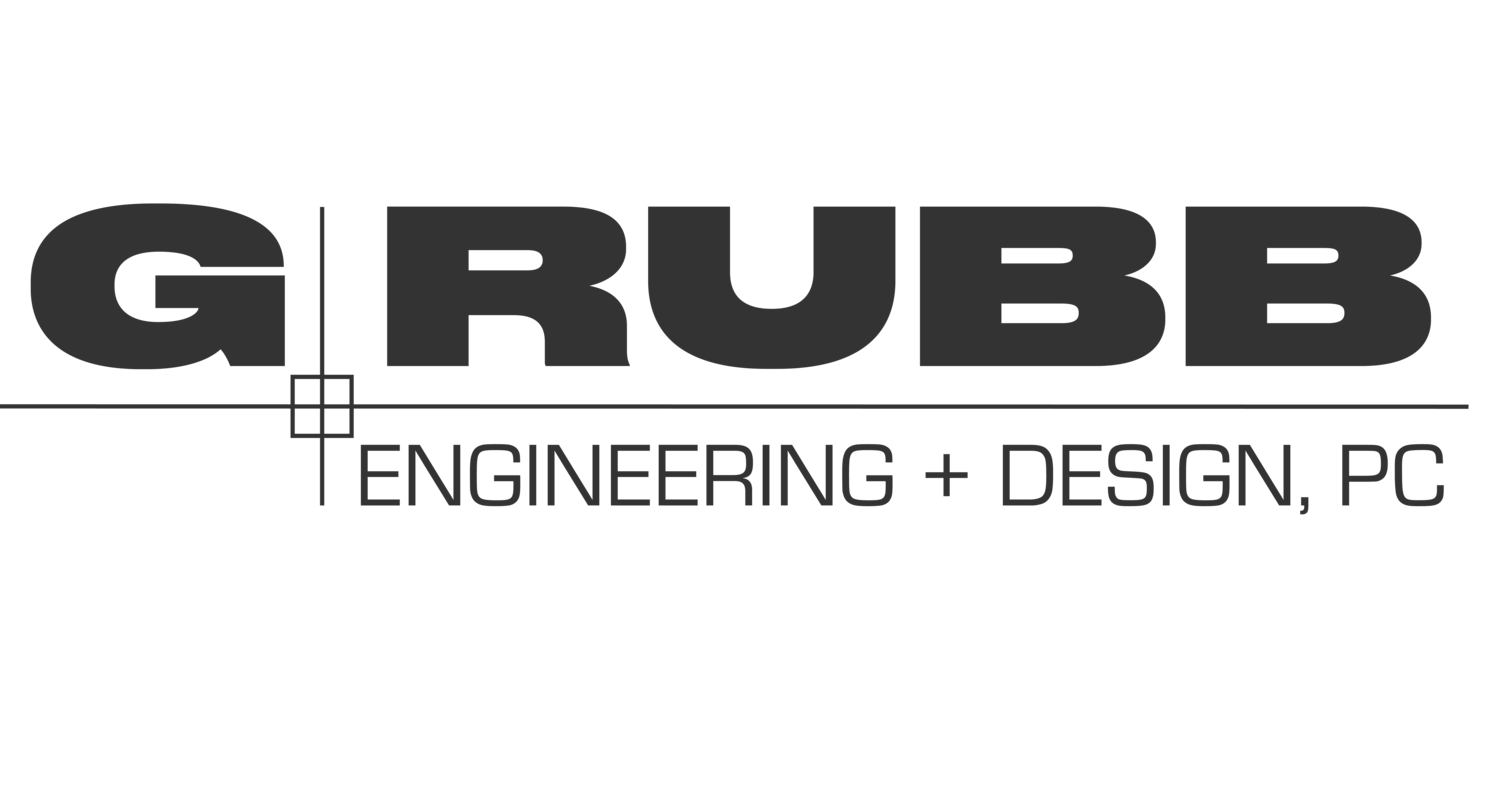Ed wrote:
At what elevation should the perimeter drain of a house with a crawlspace be located in relationship to the footings? I am experiencing standing water in a significant portion of the crawlspace, 1 to 2 inches deep. As spring has begun, the water has receded but the gravel continues to be wet. My house is built on a level site on the side of a mountain with granite very near the surface of the ground.
Answer:
Great question! An exterior, perimeter drain should be located either in the corner between the crawlspace wall and the top of the footing or against the outside face of the footing. The more common position is the former. Here are some things to consider If you are thinking of installing a retrofit, exterior drain:
You will have to excavate around the entire perimeter of the home down to the top of the wall footing. Most of the time this is cost-prohibitive and generally, very disruptive to exterior softscapes and hardscapes.
You also need to extend the exit line down-slope so the outlet is below the drain elevation if you want it to gravity-drain properly. If your lot does not provide adequate slope for the exit drain, you will have to install a sump pump system.
These complications often drive people to consider an interior, perimeter drain system that is installed within the crawl space. The advantage of an interior system is that it has less tendency to clog and, depending on the height of the crawl space, is easier and less disruptive to install. The same parameters for the exit drain apply. If your exterior topography does not provide a way to gravity-drain the system, a sump pump will be required. Of course, the disadvantage of an interior system is that it is letting water in before it is collected and conveyed to the exterior. This means that if you already have perimeter foundation settling that is caused by water, the movement will likely continue.
All in all, I would opt for an interior system if I didn’t have any settling issues.
Hope that helps!
